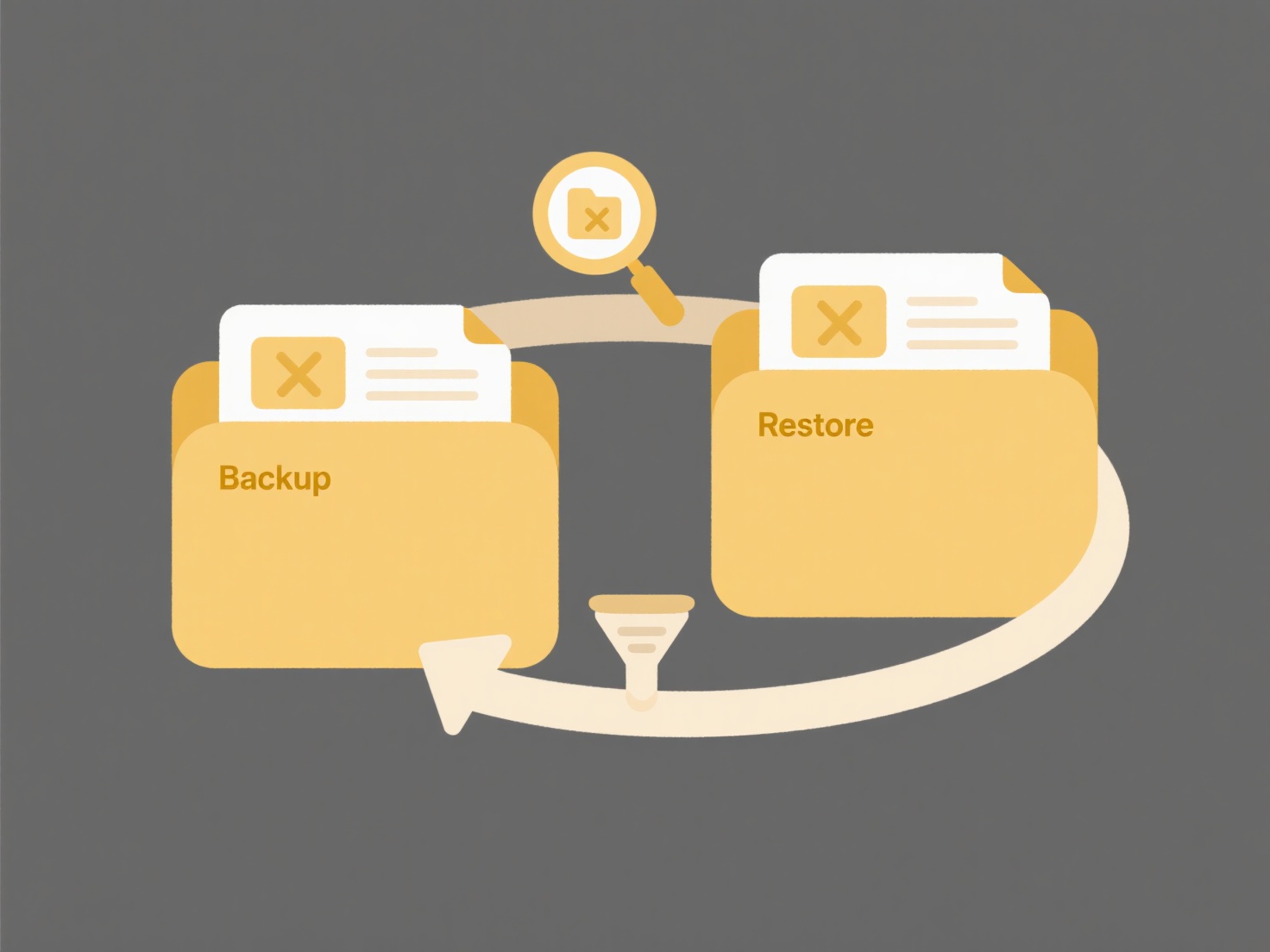
Organizing files for regulatory compliance involves structuring digital or physical records to meet specific legal standards, such as HIPAA, GDPR, or SEC rules. Unlike casual filing, it requires a systematic approach with documented procedures for retention periods, access controls, naming conventions, and audit trails. This ensures documents can be reliably retrieved and validated during audits or investigations.
Practical examples include: 1) Healthcare clinics organizing electronic patient records into secure, access-controlled folders with clear retention schedules aligned to HIPAA requirements; 2) Financial institutions using version control and audit logs in document management systems like SharePoint or Veeva to track revisions and approvals for SEC-mandated reports.

This systematic organization minimizes legal risks, avoids penalties, and builds audit readiness. However, implementing it demands time, consistent training, and ongoing maintenance. Automated classification tools and AI-driven retention policies are emerging to simplify adherence. Proper organization fosters transparency and operational integrity in high-stakes sectors.
How do I organize files for regulatory compliance?
Organizing files for regulatory compliance involves structuring digital or physical records to meet specific legal standards, such as HIPAA, GDPR, or SEC rules. Unlike casual filing, it requires a systematic approach with documented procedures for retention periods, access controls, naming conventions, and audit trails. This ensures documents can be reliably retrieved and validated during audits or investigations.
Practical examples include: 1) Healthcare clinics organizing electronic patient records into secure, access-controlled folders with clear retention schedules aligned to HIPAA requirements; 2) Financial institutions using version control and audit logs in document management systems like SharePoint or Veeva to track revisions and approvals for SEC-mandated reports.

This systematic organization minimizes legal risks, avoids penalties, and builds audit readiness. However, implementing it demands time, consistent training, and ongoing maintenance. Automated classification tools and AI-driven retention policies are emerging to simplify adherence. Proper organization fosters transparency and operational integrity in high-stakes sectors.
Related Recommendations
Quick Article Links
Can I create a shared dropbox where others can upload only?
A shared Dropbox folder allows multiple users to access the same files. You can configure sharing permissions so others ...
How do I batch rename extensions for multiple files?
Batch renaming file extensions means changing the suffix (like .txt, .jpg) on multiple files simultaneously. Unlike manu...
Can I save multiple files in one operation?
Saving multiple files in one operation refers to performing a single command or action that saves several distinct files...